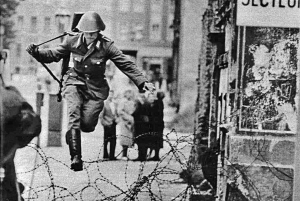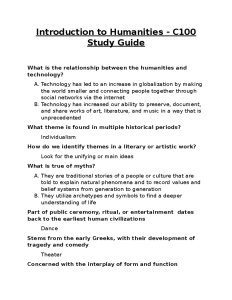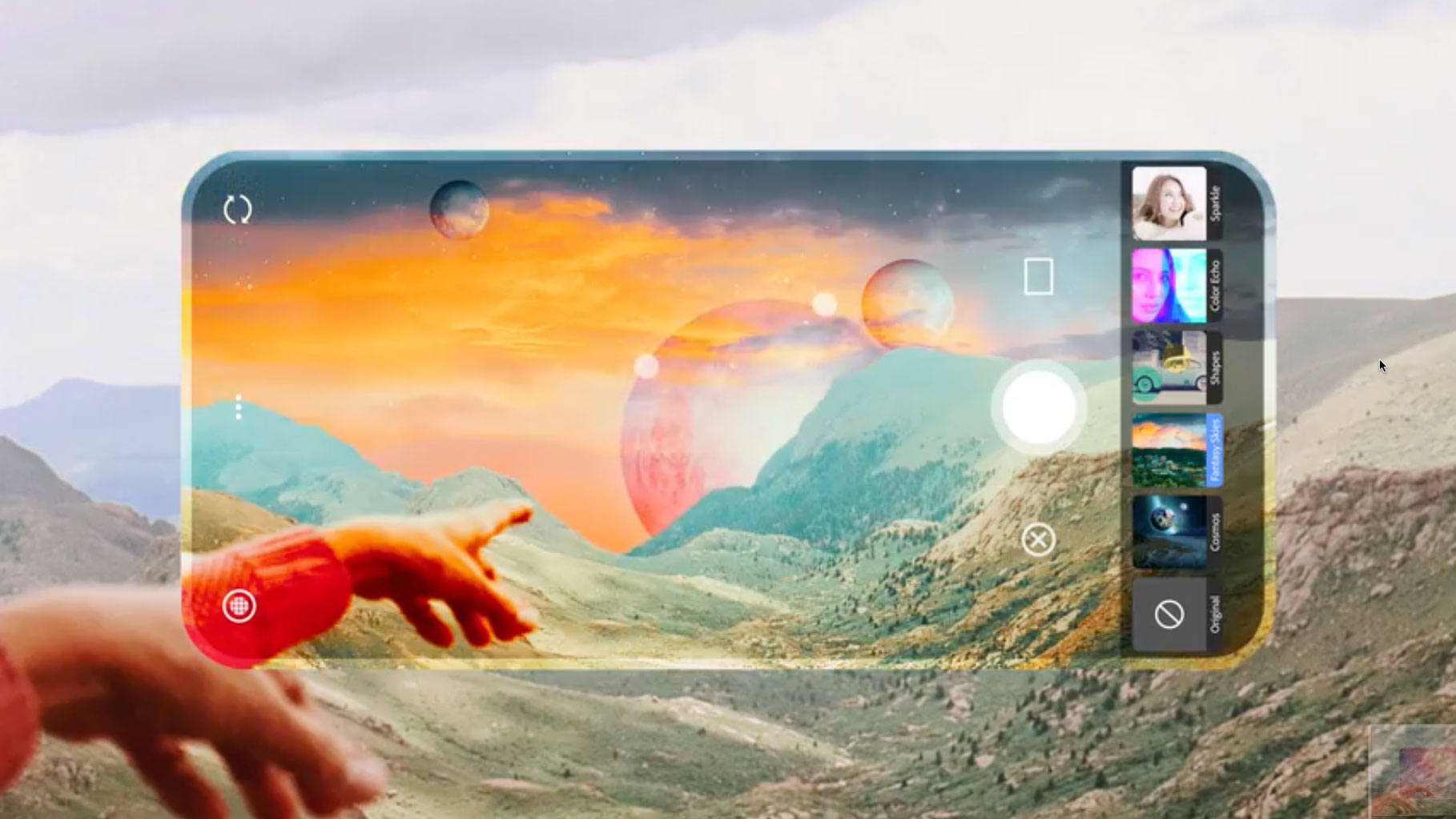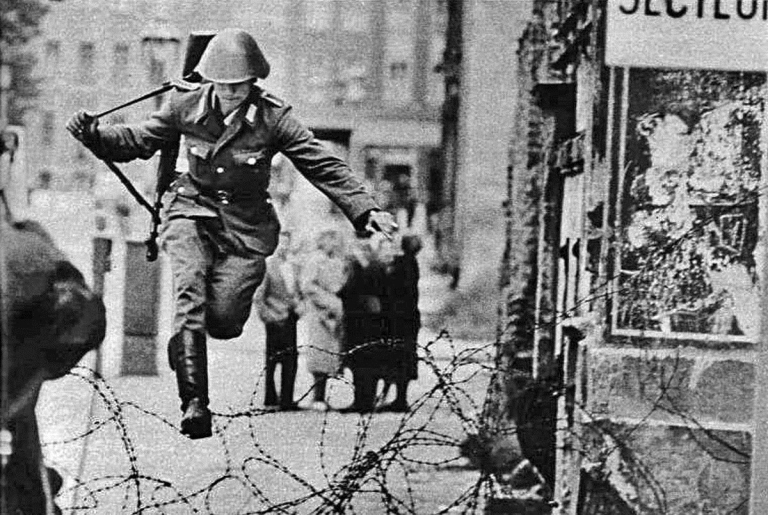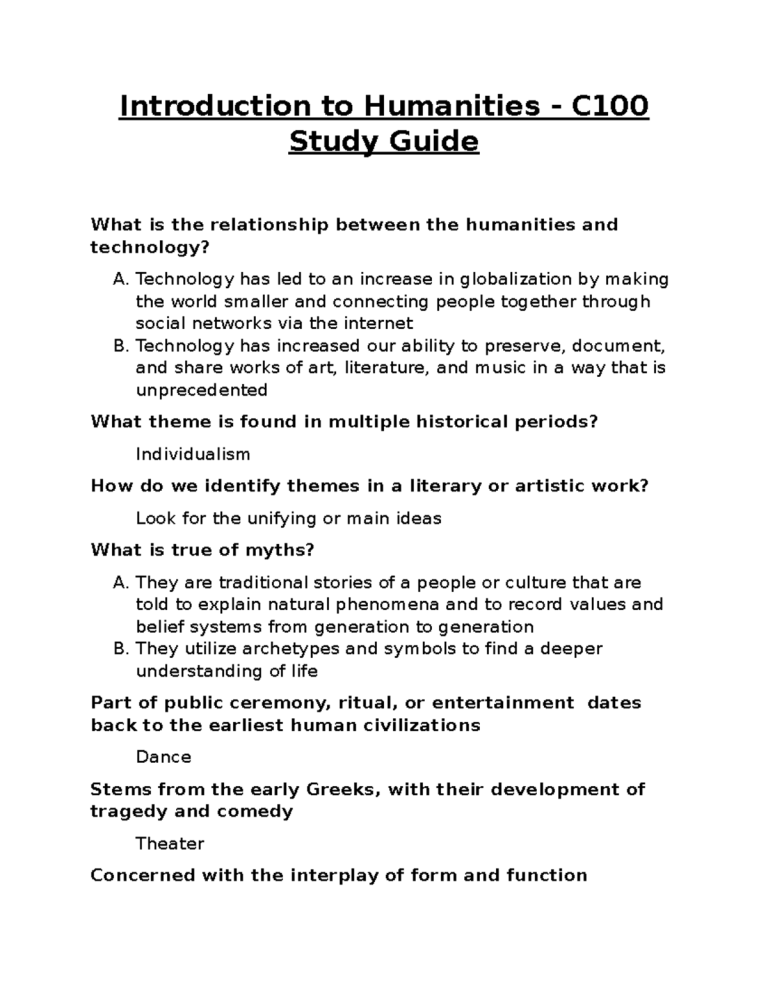AI in photography is revolutionizing the way we capture, curate, and comprehend visual narratives. As artificial intelligence technology advances, it brings both challenges and opportunities for photojournalism, reshaping the landscape of visual storytelling and preserving history. With AI tools, photographers can explore innovative ways to manage extensive photography archives, ensuring that significant moments are not lost in the digital ether. While concerns surrounding misinformation and copyright are valid, they pave the way for thought-provoking discussions about how AI can enhance the integrity of photography as an art form. By harnessing AI’s capabilities, we may forge new pathways to safeguard the authenticity and memory embedded in every photograph.
The integration of machine learning in the world of imagery is transforming photography like never before. Cutting-edge algorithms are not only facilitating the management of extensive collections but also enhancing the craft of visual storytellers. As emerging technologies interlace with traditional image-making, professionals in photojournalism find themselves at a unique crossroads, navigating the ethical landscapes of their artwork. This convergence of tech and artistry presents a compelling opportunity for the conservation of photographic histories, allowing future generations to experience poignant moments documented through lenses. Engaging with artificial intelligence opens the door to innovative solutions for keeping alive the narratives that define human experience.
The Evolving Role of AI in Photography
Artificial Intelligence is rapidly changing the landscape of photography, offering both new opportunities and challenges for photographers. As AI technologies advance, they provide tools for organizing and analyzing vast photography archives, which have often remained underutilized. Innovations such as automated tagging and metadata extraction can help photojournalists streamline their workflow while preserving a rich heritage of visual storytelling. However, as AI dramatically modifies how images are created and shared, the potential for misinformation also arises, posing questions about the future integrity of the photographic medium.
Moreover, AI is not merely reshaping operational aspects of photography; it’s redefining the very nature of visual storytelling. Machines can now analyze emotional cues from photographs and draw critical conclusions about the context behind images. This capability empowers photojournalists to make informed decisions about which stories to tell and how to present them. With AI’s assistance, photographers can highlight the nuanced narratives within their archives and ensure that significant historical moments are not overlooked, ultimately preserving our collective memory.
Preserving the Integrity of Photojournalism
The integrity of photojournalism is face-to-face with a dualistic reality. On one side, we have the benefits of AI in cataloging and preserving impactful visual stories, while on the other, we confront concerns about authorship, copyright, and the erosion of trust in images. As AI becomes adept at generating seemingly authentic photographs, distinguishing between fact and fabrication has never been more challenging. Photojournalists must remain vigilant, ensuring that the technology serves to enhance authenticity rather than compromise it.
As Kira Pollack suggests, the solution is not to reject AI outright but to leverage its capabilities to amplify real photojournalistic work. This means employing AI to sift through extensive archives, bringing hidden stories to light and showcasing the emotional depth of images. The ultimate goal is to maintain a commitment to truth and memory, reminding the public of the critical role photojournalism plays in documenting historical events. By navigating this complex terrain, photographers can harness the power of technology while safeguarding the values that underlie their craft.
The Future of Photography Archives with AI
The preservation of photography archives is crucial in ensuring that visual history remains accessible to future generations. With the vast quantity of images that photojournalists capture over time, traditional methods of archiving often fall short. AI offers innovative solutions for organizing these archives in a more dynamic and user-friendly manner, enabling better discovery and appreciation of important works. By deploying machine learning algorithms to classify and highlight elements within images, the historical significance of each photograph can be contextualized effectively.
As technology progresses, AI can assist photojournalists in elevating their work by creating immersive experiences for viewers. Instead of merely presenting images as standalone entities, AI can enhance the narrative by connecting related photos, illustrating underlying themes, and providing deeper insights into the stories they portray. This evolution in archiving not only emphasizes the importance of visual storytelling but also aids in preserving history for future audiences, fostering a richer understanding of our past.
Navigating Ethical Modifications in AI-Driven Photography
The integration of AI in photography calls for a rigorous examination of ethical implications. As tools become more powerful in generating and manipulating images, questions arise around copyright infringement and unauthorized use of photographers’ work to train AI models. The need for ethical guidelines becomes apparent in order to protect the rights and legacies of photojournalists. It is essential that the industry engages in robust discussions that address the balance between technological innovation and ethical responsibilities.
Furthermore, the focus should not only be on the legalities of image use but also on maintaining a moral compass when utilizing AI. Understanding the potential harm of AI-generated disinformation is crucial in preserving trust in photography. Photographers must be proactive in ensuring that their work is represented accurately and that technology is used to uphold, rather than undermine, the authenticity of their narratives. When ethical frameworks guide the deployment of AI in photography, we can take full advantage of innovation while remaining steadfast to the principles of visual truth and artistic integrity.
AI and the Challenge of Copyright in Photojournalism
The relationship between AI technologies and copyright within the realm of photography is complex and fraught with challenges. Many photographers worry that their work could be used without consent to train AI models for generating new content. This concern highlights the necessity for robust legal protections that safeguard the rights of creators while navigating the vast landscape of digital media and artificial intelligence. As the lines between original works and AI-generated images blur, the need for clear definitions and an understanding of authorship becomes imperative.
In response to these challenges, industry stakeholders must collaborate to establish guidelines that protect photographic work from exploitation. By fostering conversations between artists, legal experts, and technologists, it becomes possible to create an ecosystem that values innovation while respecting the creative rights of photographers. In doing so, we can facilitate the responsible use of AI in photography and ensure that its potential to enhance and support storytelling is harnessed without infringing on the rights of those who capture history.
The Importance of Visual Storytelling in Contemporary Culture
Visual storytelling has become an increasingly vital element in the way we communicate and understand diverse narratives in contemporary culture. Photographs capture moments and emotions, conveying nuanced stories that often transcend language barriers. As such, the work of photojournalists holds immense power in shaping public perception and documenting historical events. The introduction of AI provides an opportunity to amplify these stories, allowing for a broader dissemination and comprehension of the rich tapestry of experiences that images can portray.
However, the prioritization of compelling visual storytelling must also come with a conscious effort to maintain authenticity and empathy in representations of lived experiences. As AI tools develop, visual storytellers should focus on using technology to enhance their narratives rather than substitute them. It’s crucial to remain connected to the foundational ethics of the craft, prioritizing truth and context while exploring how AI can enrich the storytelling process and engage audiences in more meaningful ways.
Combatting Misinformation with AI in Photojournalism
In today’s digital landscape, misinformation poses a significant threat to the authenticity of visual media. As AI continues to evolve, it can play a dual role in both creating and combating fake images. Photojournalists must harness the power of AI not only to produce work that is compelling and truthful but also to identify and refute misleading visuals that contribute to confusion and mistrust. Advanced AI algorithms can help analyze the integrity of images, ensuring their credibility before they are shared with the public.
Furthermore, employing AI to enhance media literacy among audiences can help mitigate the impacts of misinformation. By educating viewers on recognizing credible sources and understanding the context surrounding images, journalists can empower their audiences to engage critically with media content. In this way, AI acts as both a tool for creation and a safeguard for the preservation of journalistic integrity, fostering a more informed society that values accurate visual storytelling.
Building Collaborative Frameworks Between Artists and Technologists
Navigating the renewed landscape of photography in the age of AI requires collaboration between artists and technologists. By working together, these two groups can cultivate a better understanding of how technology can enhance the traditional practices of photography without undermining its core values. Collaborative frameworks can support innovation while ensuring that the artist’s perspective and ethical considerations are at the forefront of technological developments. Through dialogue and shared learning, solutions can be co-created, leading to a responsible integration of AI in photography.
Moreover, such partnerships can foster interdisciplinary initiatives that explore the intersection of photography, technology, and ethical storytelling. By bringing diverse perspectives into conversations around AI, we can uncover new possibilities for creative expression and responsible media practices. This collaborative environment not only strengthens the artistic community but also enhances the broader conversation about the importance of preserving visual history in a rapidly evolving technological landscape.
Vision for the Future of Photojournalism
As we consider the future of photojournalism in an increasingly AI-driven world, it is essential to cultivate a vision that prioritizes the ethical use of technology. Photojournalists have the unique opportunity to shape this future by advocating for the rights of creators and the authenticity of visual narratives. Through innovation and careful consideration of the implications of AI, journalists can ensure that their craft remains integral in documenting history and fostering public understanding.
Moreover, public engagement with photography as a means of preserving history is crucial for a vibrant media landscape. As new technologies emerge, encouraging conversations about the role of AI in the visual arts will help demystify its functions and applications. With proactive discussions and the evolution of ethical frameworks, the future of photojournalism can remain committed to truth, creativity, and the enduring power of visual storytelling.
Frequently Asked Questions
How is AI in photography affecting photojournalism today?
AI in photography is transforming photojournalism by offering innovative tools for image analysis and archiving. While it raises concerns about copyright and misinformation, it also presents opportunities to preserve visual storytelling and enhance the understanding of historical images. Photojournalists can leverage AI to organize vast archives, ensuring that significant visual records are maintained and accessible.
Can AI help in preserving photography archives effectively?
Yes, AI can significantly aid in preserving photography archives. By using machine learning algorithms, photographers can catalog images, analyze their content, and provide contextual insights about historical events. This process not only protects the legacy of photojournalists but also makes unseen images discoverable, thereby enriching visual storytelling.
What are the potential risks of using AI in photography?
The use of AI in photography poses risks such as potential copyright infringement when images are used without consent to train AI models. Additionally, the proliferation of AI-generated images can lead to erosion of public trust, as distinguishing between real and artificial visuals becomes challenging. It’s crucial that AI is employed ethically within photography to safeguard authenticity and authorship.
How can AI transform the way we view historical war photographs?
AI can transform how we view historical war photographs by analyzing and interpreting complex imagery, providing insights into the emotional context and historical significance of the images. This enhanced understanding allows for deeper visual storytelling and an appreciation of the circumstances surrounding pivotal events, preserving the reality of historical moments more comprehensively.
What role does AI play in visual storytelling within photography?
AI enhances visual storytelling in photography by offering tools that can interpret and contextualize images, going beyond basic descriptions. Through advanced algorithms, AI can uncover narrative layers within photojournalistic work, facilitating a richer interaction between the audience and the imagery, ultimately preserving the essence of the photographer’s intent.
| Key Aspect | Description |
|---|---|
| AI Impact on Photojournalism | AI presents both threats and opportunities for photojournalists, including issues of copyright and misinformation, while offering tools to preserve visual history. |
| Preserving Archives | Pollack highlights that archives are essential to documenting history and stresses the need to preserve them before AI distorts visual truth. |
| AI Capabilities | AI is being tested for its ability to analyze complex images, providing insights about context and emotion in conflict photography. |
| Ethical Concerns | Key concerns include how to use AI ethically to organize and preserve archives without infringing on photographers’ rights. |
| Future Outlook | Pollack aims to explore the intersection of AI and journalism, emphasizing the importance of maintaining truth, authorship, and memory in visual storytelling. |
Summary
AI in photography is transforming how archives of visual journalism are preserved and utilized. As AI continues to evolve, it presents both opportunities and challenges for photojournalists. With the potential to catalog and enhance the accessibility of historical images, AI also raises pressing concerns regarding copyright, authorship, and the integrity of visual truth. It is essential for stakeholders in the photography field to engage critically with AI technologies to ensure they serve to reinforce, rather than erode, the foundational values of journalism.
